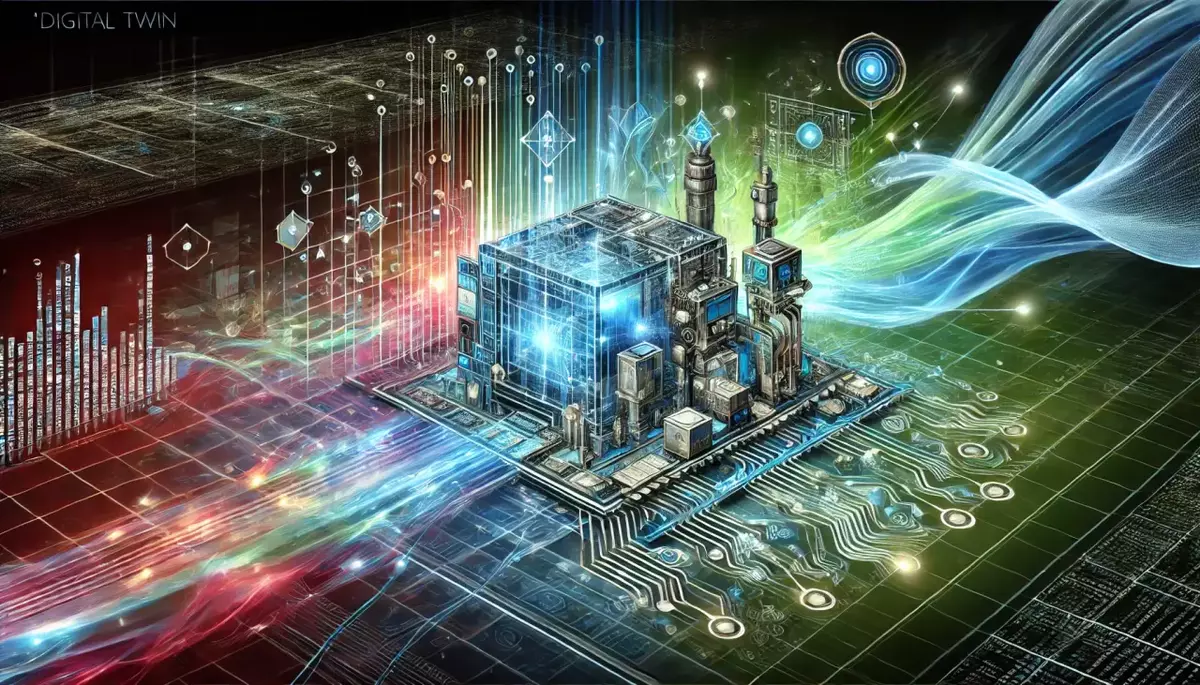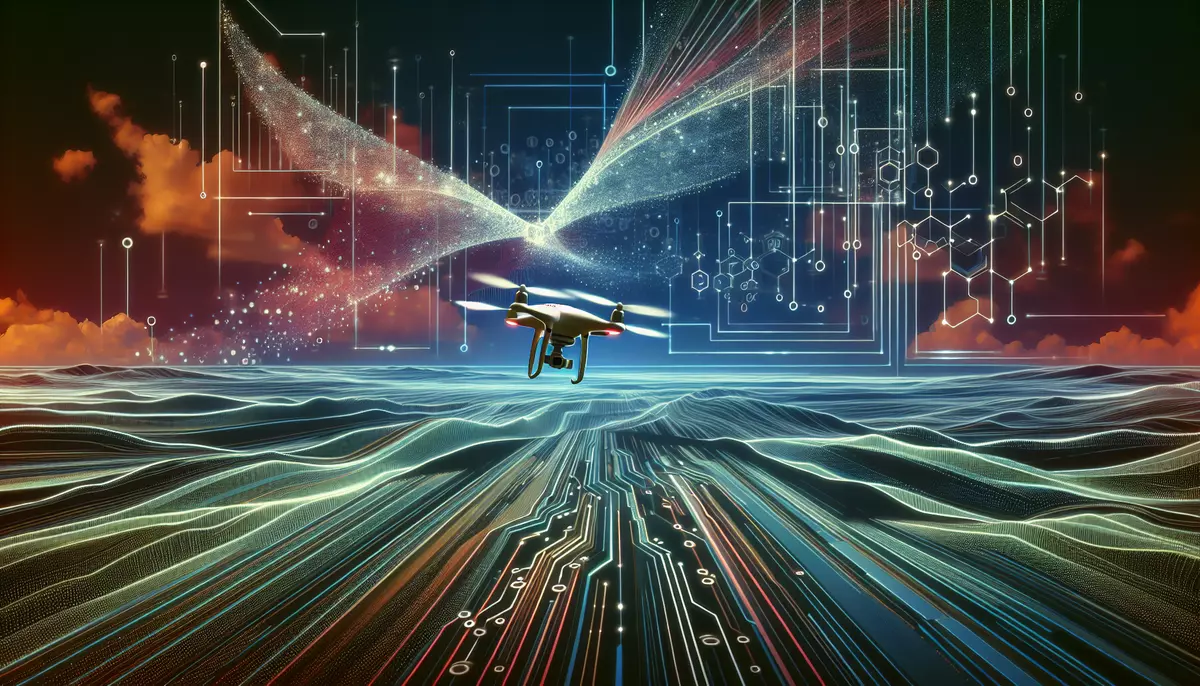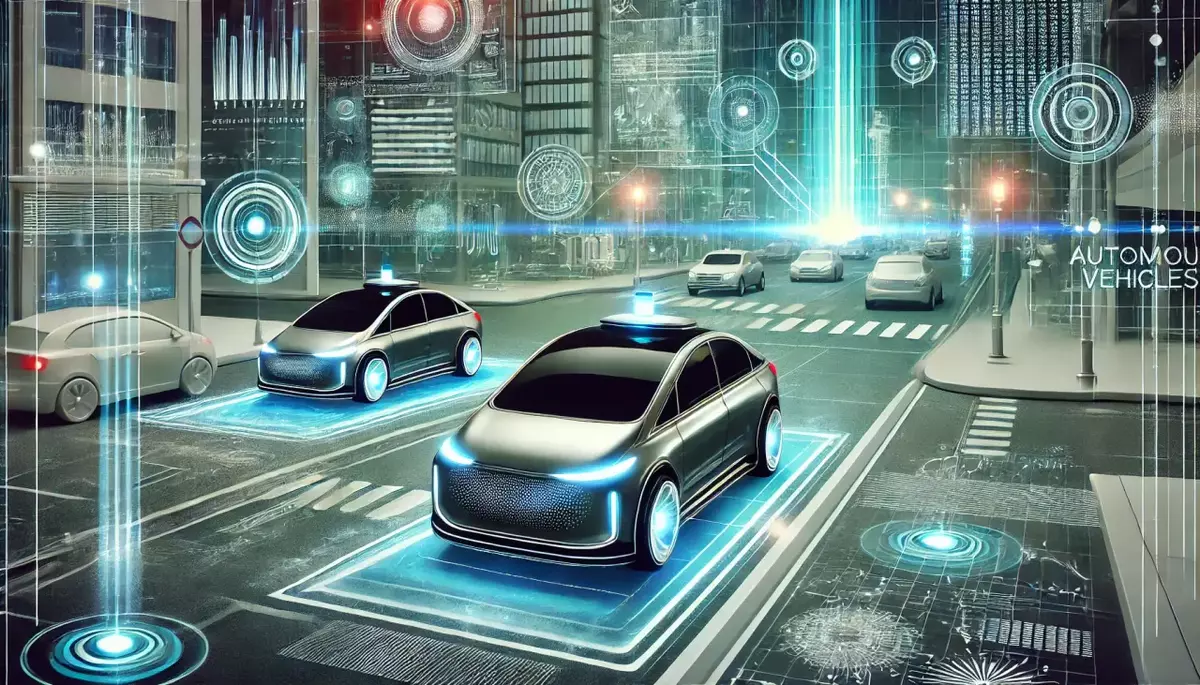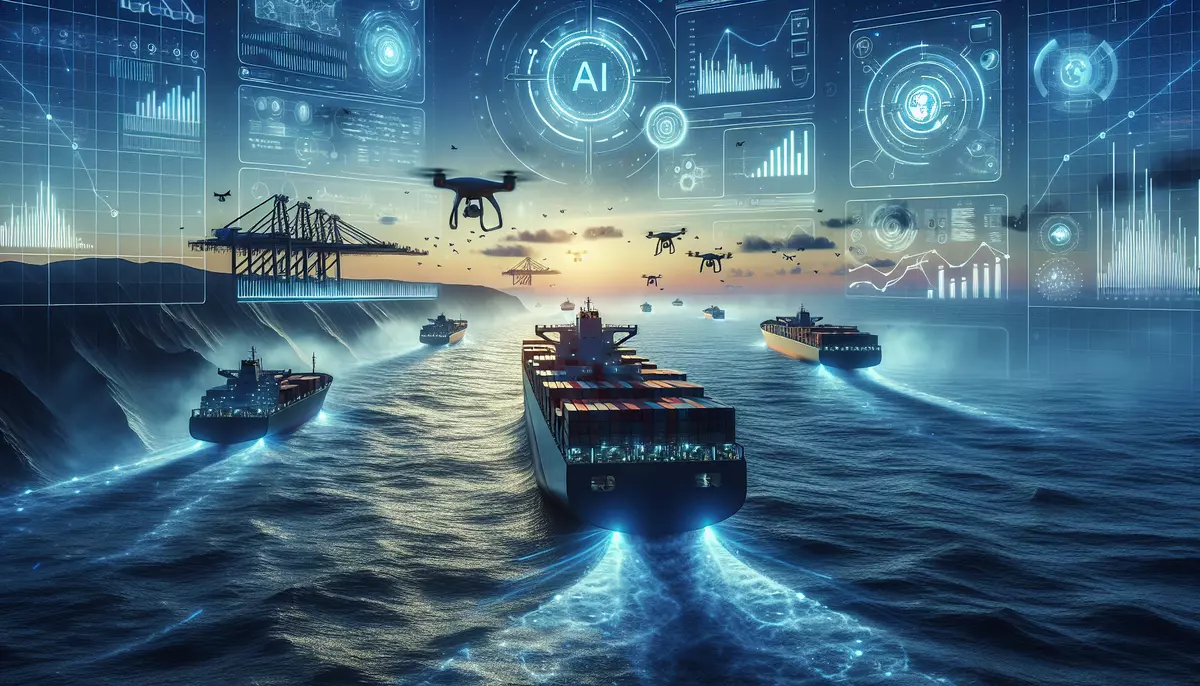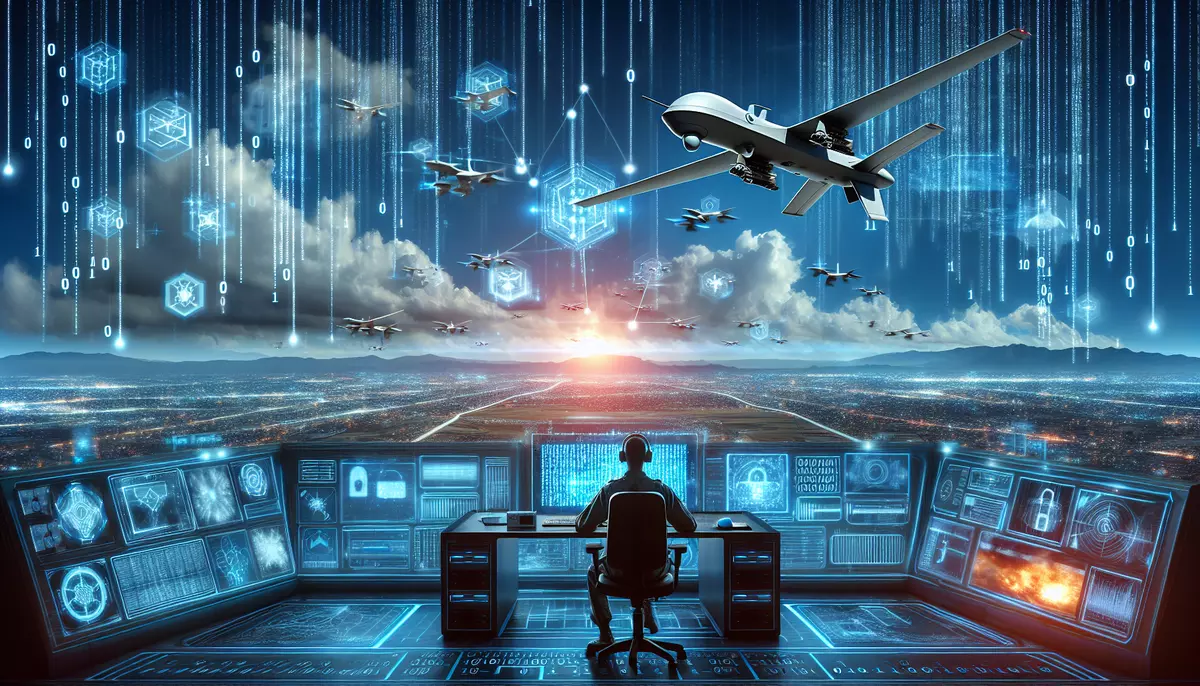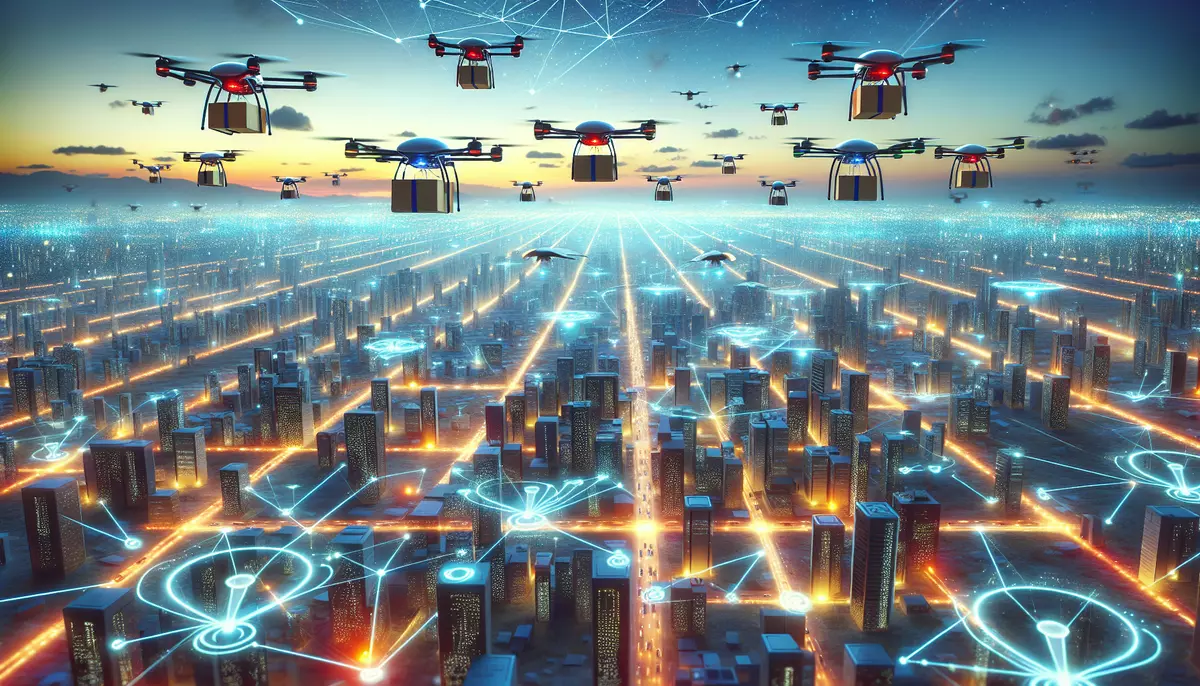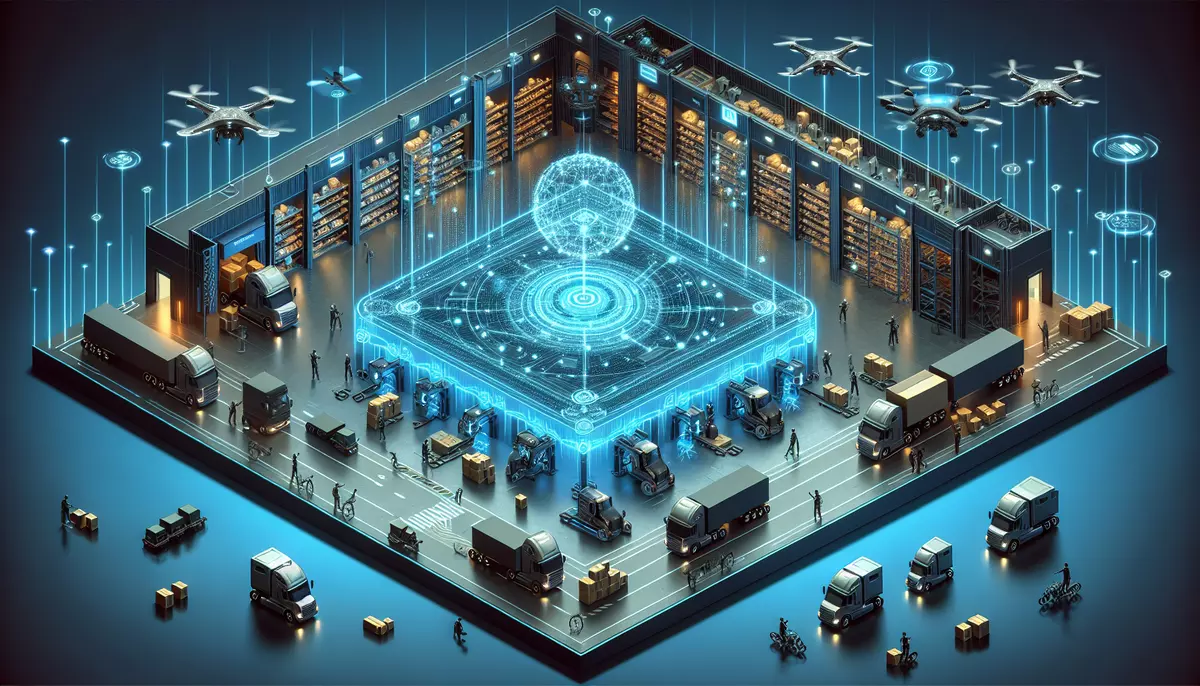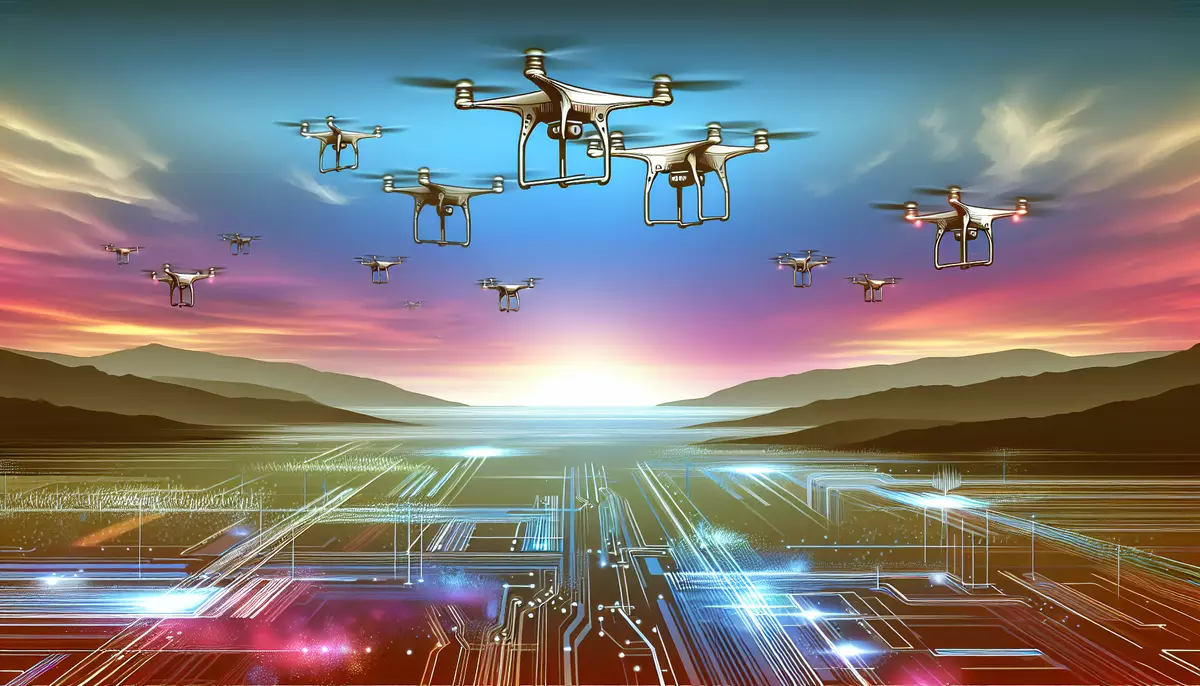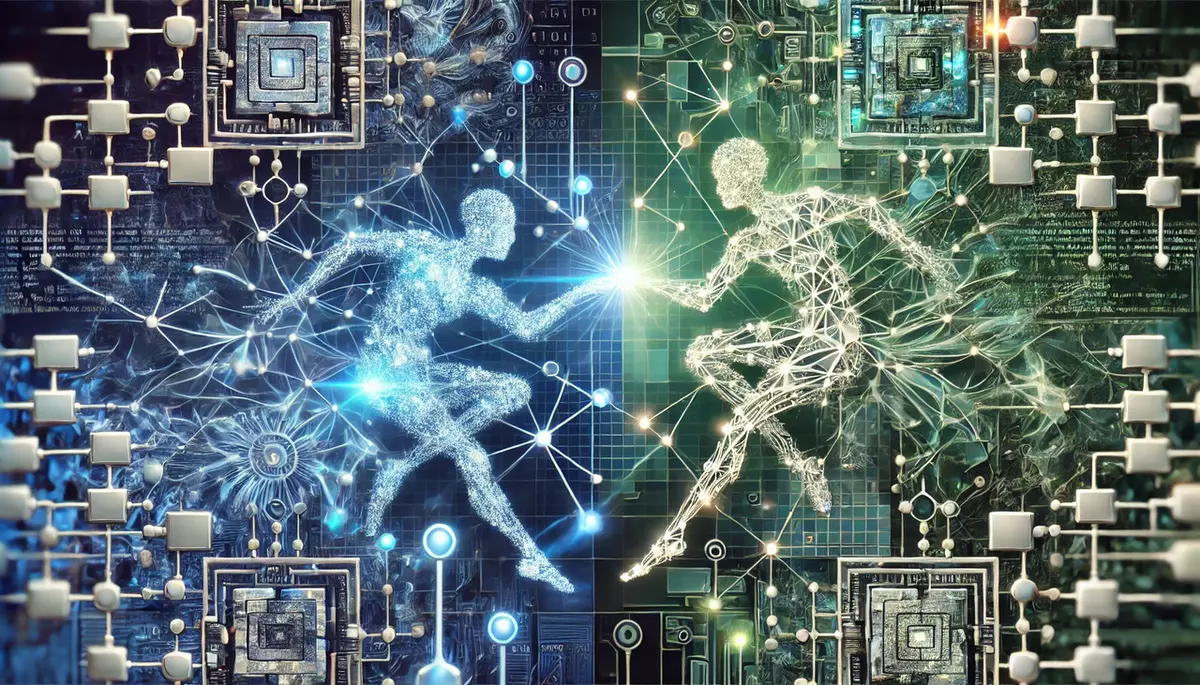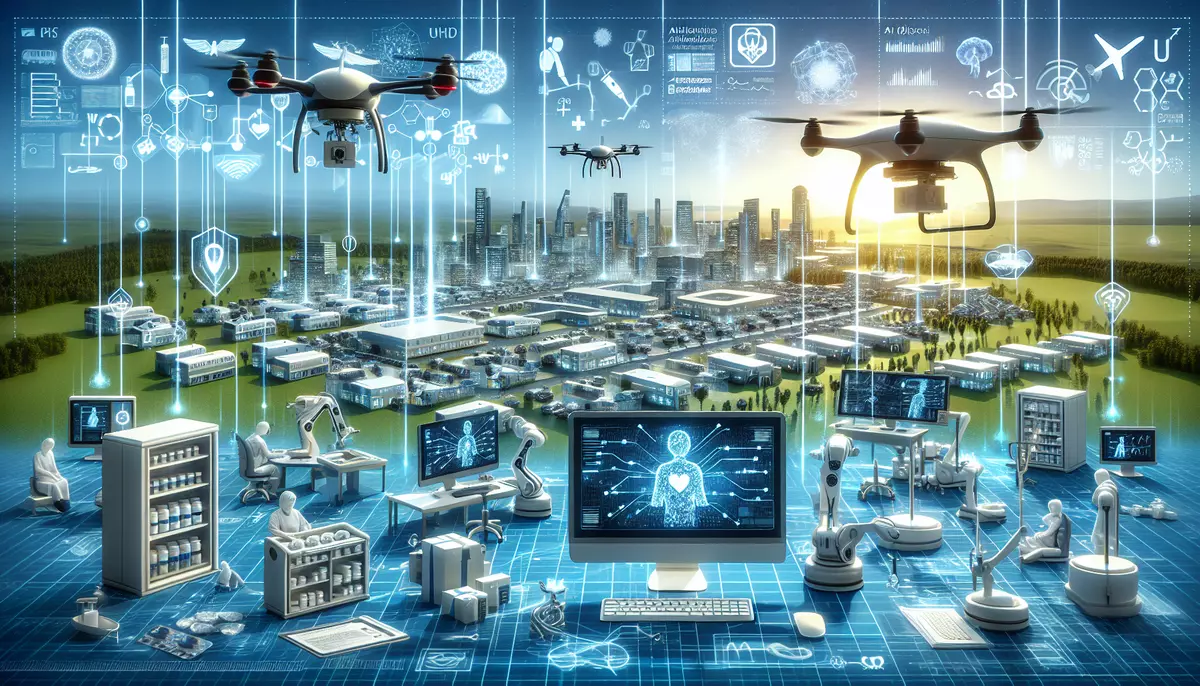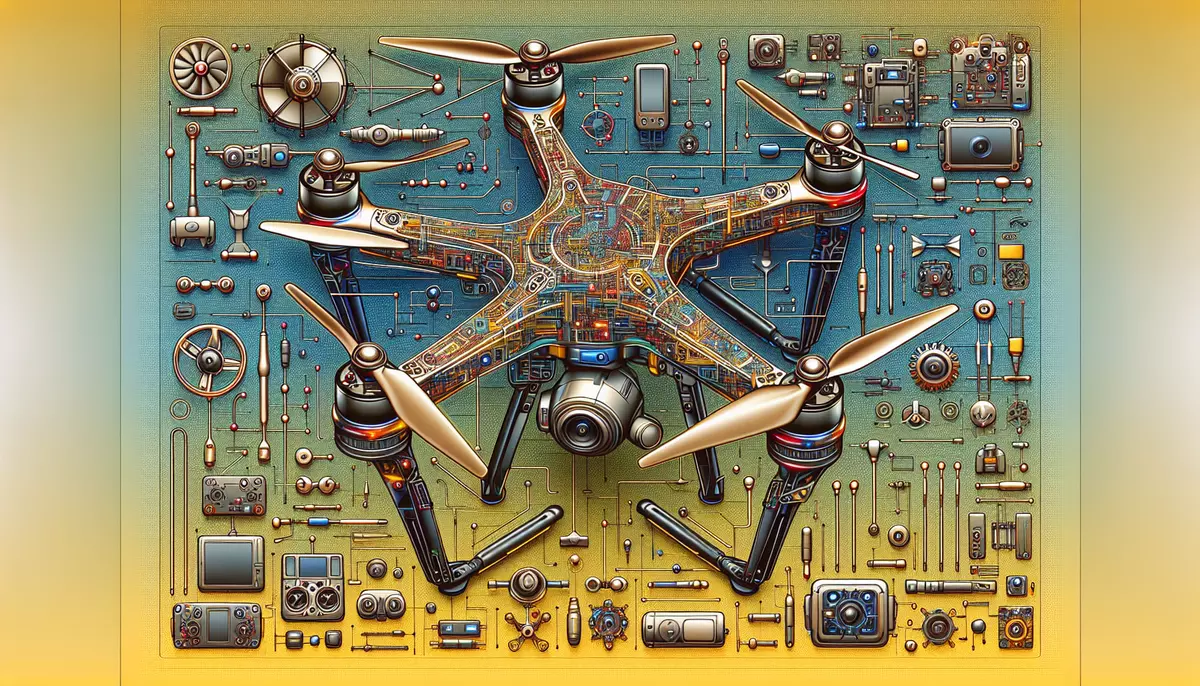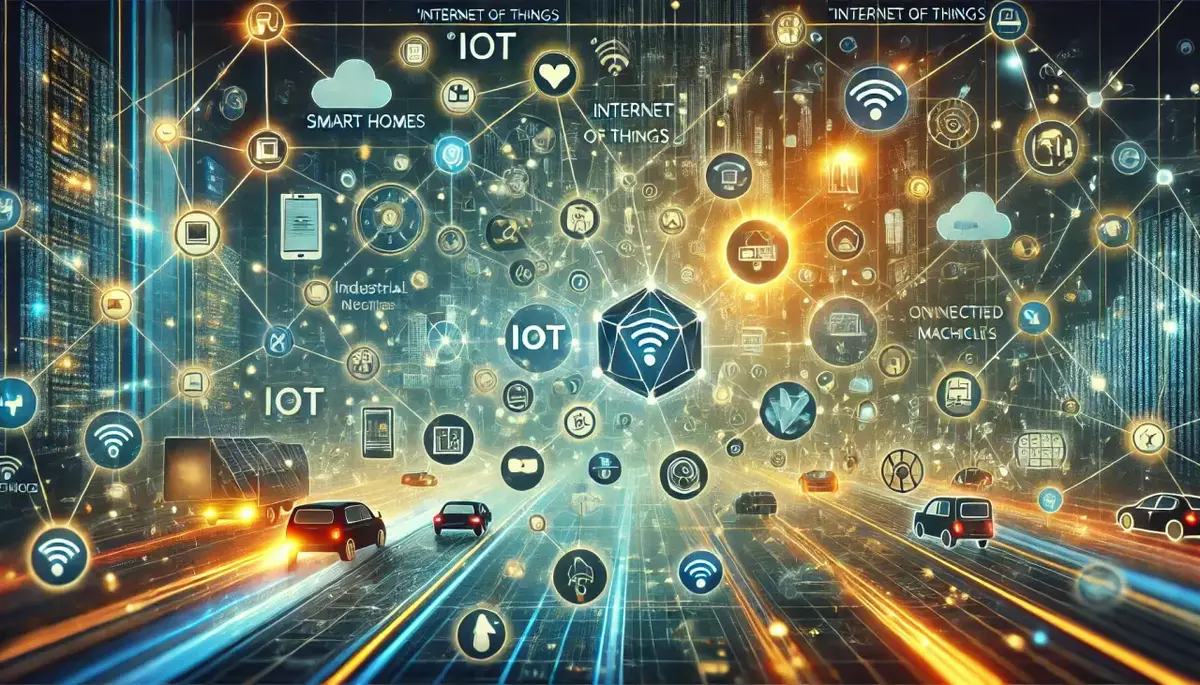Introduction
Digital twins are virtual representations of physical assets, processes, or systems that enable real-time monitoring, analysis, and optimization. They are transforming industries by providing valuable insights, enhancing decision-making, and driving innovation.
What is a Digital Twin?
A digital twin is a dynamic digital representation of a physical object or system that uses real-time data to mirror its counterpart’s characteristics, performance, and behavior. It is created by integrating data from various sources, including sensors, historical records, and simulation models.
Key Characteristics of Digital Twins:
- Synchronization: Digital twins are continuously updated to reflect changes in the physical asset or system.
- Connectivity: They are connected to the physical asset or system, enabling real-time data exchange and communication.
- Simulation: Digital twins can simulate different scenarios and test changes before implementing them in the physical world.
How Do Digital Twins Work?
Digital twins are created through a multi-step process that involves data collection, modeling, and integration. The process typically includes the following steps:
The Digital Twin Creation Process:
- Data Collection: Gather data from various sources, such as sensors, historical records, and design specifications, to create a comprehensive digital representation of the physical asset or system.
- Modeling: Develop a virtual model that accurately reflects the physical counterpart’s characteristics, behavior, and performance.
- Integration: Integrate the virtual model with real-time data streams to create a dynamic, synchronized digital twin.
- Monitoring and Analysis: Continuously monitor the digital twin and analyze the data to gain insights, identify issues, and optimize performance.
- Feedback Loop: Use the insights from the digital twin to make informed decisions and implement changes in the physical asset or system.
Applications of Digital Twins
Digital twins have a wide range of applications across various industries:
Manufacturing:
- Production Optimization: Optimize production processes, reduce downtime, and improve efficiency.
- Asset Monitoring: Monitor the performance and condition of manufacturing equipment to predict maintenance needs.
Healthcare:
- Patient Monitoring: Create personalized digital twins of patients to monitor their health and provide personalized treatment.
- Medical Device Development: Simulate the performance of medical devices and test them virtually before physical prototyping.
Smart Cities:
- Infrastructure Management: Monitor and optimize the performance of urban infrastructure, such as transportation systems and utility networks.
- Urban Planning: Simulate the impact of urban development plans and test different scenarios before implementation.
Energy and Utilities:
- Asset Optimization: Optimize the performance of energy generation and distribution assets, such as power plants and transmission lines.
- Predictive Maintenance: Predict and prevent equipment failures, reducing downtime and maintenance costs.
Challenges and Considerations
While digital twins offer significant benefits, there are also challenges and considerations to address:
- Data Quality and Integration: Ensuring the accuracy, completeness, and integration of data from various sources is crucial for effective digital twin development.
- Cybersecurity: Protecting digital twins and the underlying data from cyber threats is essential to maintain the integrity of the system.
- Scalability and Computational Demands: As the complexity of digital twins increases, managing the computational resources and scalability can be a challenge.
- Organizational Adoption: Successful implementation of digital twins requires a shift in organizational culture, processes, and skills to fully leverage the technology.
Best Practices for Digital Twin Implementation
To effectively implement and utilize digital twins, organizations should consider the following best practices:
- Clearly Define the Use Case: Identify the specific problem or opportunity that the digital twin will address.
- Ensure Data Quality and Governance: Implement robust data management processes to ensure the accuracy, reliability, and security of data.
- Adopt a Collaborative Approach: Involve cross-functional teams, including subject matter experts, data scientists, and IT professionals, to develop and maintain the digital twin.
- Continuously Iterate and Improve: Regularly review and update the digital twin to reflect changes in the physical asset or system and incorporate new data sources and technologies.
Future Trends in Digital Twins
The field of digital twins is rapidly evolving, and several emerging trends are shaping its future:
- Artificial Intelligence and Machine Learning: Integrating AI and ML capabilities into digital twins to enhance predictive analytics, decision-making, and autonomous operations.
- Internet of Things (IoT) and Edge Computing: Leveraging the proliferation of IoT devices and edge computing to enable real-time data collection and processing for digital twins.
- Augmented and Virtual Reality: Combining digital twins with AR and VR technologies to create immersive, interactive experiences for users.
- Digital Twin Ecosystems: Developing interconnected digital twin networks to enable collaboration, data sharing, and cross-industry optimization.
Conclusion
Digital twins are transforming the way organizations operate, maintain, and optimize their physical assets and systems. By creating a virtual representation of the real world, digital twins enable data-driven decision-making, predictive maintenance, and continuous improvement. As the technology continues to evolve, the potential applications of digital twins will only expand, driving innovation and efficiency across various industries.
This knowledge base article is provided by Fabled Sky Research, a company dedicated to exploring and disseminating information on cutting-edge technologies. For more information, please visit our website at https://fabledsky.com/.
References
- Grieves, M. (2014). Digital Twin: Manufacturing Excellence through Virtual Factory Replication. White Paper, Florida Institute of Technology.
- Tao, F., Cheng, J., Qi, Q., Zhang, M., Zhang, H., & Sui, F. (2018). Digital twin-driven product design, manufacturing and service with big data. The International Journal of Advanced Manufacturing Technology, 94(9-12), 3563-3576.
- Boschert, S., & Rosen, R. (2016). Digital twin—the simulation aspect. In Mechatronic Futures (pp. 59-74). Springer, Cham.
- Kritzinger, W., Karner, M., Traar, G., Henjes, J., & Sihn, W. (2018). Digital Twin in manufacturing: A categorical literature review and classification. IFAC-PapersOnLine, 51(11), 1016-1022.
- Glaessgen, E., & Stargel, D. (2012). The digital twin paradigm for future NASA and US Air Force vehicles. In 53rd AIAA/ASME/ASCE/AHS/ASC Structures, Structural Dynamics and Materials Conference 20th AIAA/ASME/AHS Adaptive Structures Conference 14th AIAA (p. 1818).

